In deer hunting, you get to enjoy the full benefits starting with the meat, skin, and even the bone and fat of the animal. While people know the significance of venison for hunters, few may be mindful of deer fat uses.
Beyond using it for soap making, deer fat can be used in baking, cooking, or even when making candles. This blog post will explain how to efficiently preserve deer fat, what it is commonly referred to as, and provide creative ways to utilize it, to not let any part of the deer remain unused.
What Is Deer Fat Called?
The fat of deer, like the fat of every other animal, has several different names depending on how it is prepared and what it is to be used for.
Tallow is the most commonly used name for deer fat. Tallow is simply the formed animal fat, and it can be employed for cooking, soap making, or the manufacture of candles.
Hunters often collect deer fat without planning to, as they can use it in various ways instead of throwing it away. The other advantage of rendering is that it eliminates food particles in the fatty tissues hence making the fat usable in so many ways.
Is Deer Fat Good?
When attempting to answer if deer fat is good or healthy, we should consider several factors starting with the fat profile and the comparison with other types of animal fat.
Some types of deer fat are considered even healthier than most animal fats like beef or pork because most deer are wild animals which means that they tend to graze on natural foods.
Other wild game pools such as deer fat contain more polyunsaturated fats and omega-3 that are healthier for the heart than the dangerous types of fats. It also has a better proportion of saturated fat than normal animal fat.
However, while it’s healthier than some other animal fats, it’s still important to consume it in moderation. As with any fat, overuse can lead to excess calorie intake.
If you are looking to utilize deer fat, consider the benefits in moderation to ensure it healthily complements your diet.
How Does Deer Fat Taste?
There has been a lot of controversy as to the taste of deer fat, especially among hunters and food lovers. Deer tallow can be pale yellow to golden in color and can be enhanced with a faint, slightly nutty taste if cooked well, and thus suitable for specific uses.
Deer fat is used by many people in preparing foods such as venison stews, frying potatoes or even incorporating other oils to enhance the flavor.
However, the fat of the deer has its unique gamey smell, and some might consider it very tacky tasting. To avoid this, rendering the fat is imperative because it makes the fat healthy as it eliminates the stiff gamey smell.
Deer fat if well prepared and utilized is a great meal enhancer and offers you diverse tastes in your food.
What Part of Deer Fat to Keep?
The deer fat can be observed in every part of the animal but it may be cross-sectional around the kidney, loin area, and along the spine.
Not all fat is the same, and not all parts are ideal for every use.
- Kidney Fat (Suet): This is the most eagerly sought-after fat as it is the whitest and least flavored. Tallow is often made with it and it can be rendered for a clean fat, good for cooking or soap making.
- Back Fat: This fat can be saved but I find it is slightly less suitable for use in cooking as compared to kidney fat. It has slightly stronger organoleptic characteristics and is perhaps more difficult to adequately render.
- Other Fat (Trimmings): While some fat is good to be trimmed or as the less desirable part you can, it is good to keep trimmings, especially if you intend to feed animals or the fatty part if it will be used for other purposes such as in the making of candles or waterproofing materials.
Ideas for Deer Fat Uses
All you need to know is that once your deer fat is rendered, you’ll have a practically limitless palette of uses for it. Here are some unique and realistic ideas regarding how you can use it.
1. Deer Tallow Soap
Deer fat, in particular, is widely used in the production of soap, where it plays a very important role. Tallow is one of the oldest ingredients used in soap making because when used correctly, it makes soap that is hard and long-lasting with good lather.
When the fat of deer is turned into tallow, it can improve the quality of soap that’s made with olive or coconut oils.
To make deer tallow soap, you will need:
- Rendered deer fat (tallow)
- Lye (sodium hydroxide)
- Distilled water
- Optional essential oils or fragrance oils for scent
The process involves mixing the lye with water, then combining the fat, and allowing the soap to cure for several weeks. The result is a bar of soap that is both luxurious and eco-friendly, using a byproduct that would otherwise be discarded.
2. Deer Tallow for Cooking
Deer tallow is one of the best fats any culinary enthusiast can get their hands on; it gives most dishes the savory richness they require. It can also be used for frying, sautéin, and even in baking.
The smoke flavor that comes with the rendered fat is best used with searing venison steaks, frying potato, and oes, or tossing through soups and stews.
Some foods that pair well with deer fat include:
- Roasted vegetables
- Potatoes (for crispy fries)
- Stir fries (especially those with hearty meats like venison)
- Eggs (for a rich and flavorful fry-up)
3. Deer Fat Candles
Rendering deer fat into tallow makes it a perfect base for homemade candles. Tallow candles have been used for centuries and burn brightly with a long-lasting flame. They’re also an eco-friendly alternative to paraffin candles.
To make deer fat candles:
- Melt the rendered deer fat in a double boiler.
- Add a wick to a container (a mason jar works well).
- Pour the melted tallow into the container, making sure the wick stays centered.
- Allow the candle to cool and harden, and you have a homemade, all-natural candle!
Deer fat candles can make for rustic, natural lighting in your home or camp and also serve as emergency candles.
4. Skin Lotions and Creams
As with all animals, the fat of deer contains fatty acids and when ingested for a long period it can help to moisten one’s skin.
People apply it in homemade moisturizers and ointments as an effective product to treat scaling and itching skin or simply prepare hand cream, It’s especially useful for hunters or outdoor workers who need to hang around their hands in these weather conditions.
To make a simple deer fat lotion:
- Render the deer fat to create tallow.
- Mix it with beeswax, coconut oil, and a few drops of essential oils (such as lavender or tea tree oil).
- Melt the mixture and pour it into a jar or tin.
- Let it cool and set.
This homemade lotion will nourish your skin and can even be used as a natural chapstick.
5. Deer Fat for Animal Food
Deer fat is a good supplement especially for pets and farm animals for their improved diet. You can add it to dry dog food as a complementary source of fat and proteins for the dog at large. It can also be used for feeding other wild animals such as birds or as a mix and a supplement for chicken.
You can create a fat block for birds by mixing rendered deer fat with seeds and nuts, then allowing it to harden into a cake shape. This can be hung outside to provide wildlife with a natural food source during colder months.
6. Waterproofing/Oil Products for Apparel
Deer tallow is carefully preserved, so there is no need to re-apply after getting wet – it is the best waterproof oil for leather clothing, boots, or gear.
It can also be used as a sealer after the finishing of leather accessories to avoid cracking due to the facility of the skin.
To use deer fat as a waterproofing agent:
- Melt the rendered tallow.
- Apply a thin layer to boots or leather jackets with a clean cloth.
- Let it sit for a few hours, then buff it off with a soft cloth.
This simple method can prolong the life of your outdoor gear, especially if you spend a lot of time in wet or snowy conditions.
7. Bait for Hunting
Deer fat is also prove useful when it comes to baits where hunters can use the same to lure in coyotes. The odor of deer fat can often entice the carnivore and therefore can be useful in pulling or hunting.
Instead, just melt the deer fat and put it where predators are and leave it at that simple as that.
Conclusion
And indeed deer fat is another valuable product that remains unused most of the time. This byproduct can also be rendered and utilized by hunters to make soap; use food as fuel; create candles; and as food for the animals or to protect their equipment.
If one wants to conserve, hunt, or utilize every part of the deer efficiently, then deer fat is a viable option that is full of options. So the next time you’re out hunting, remember: Hey, you know what? Even the fat is as good as the meat!


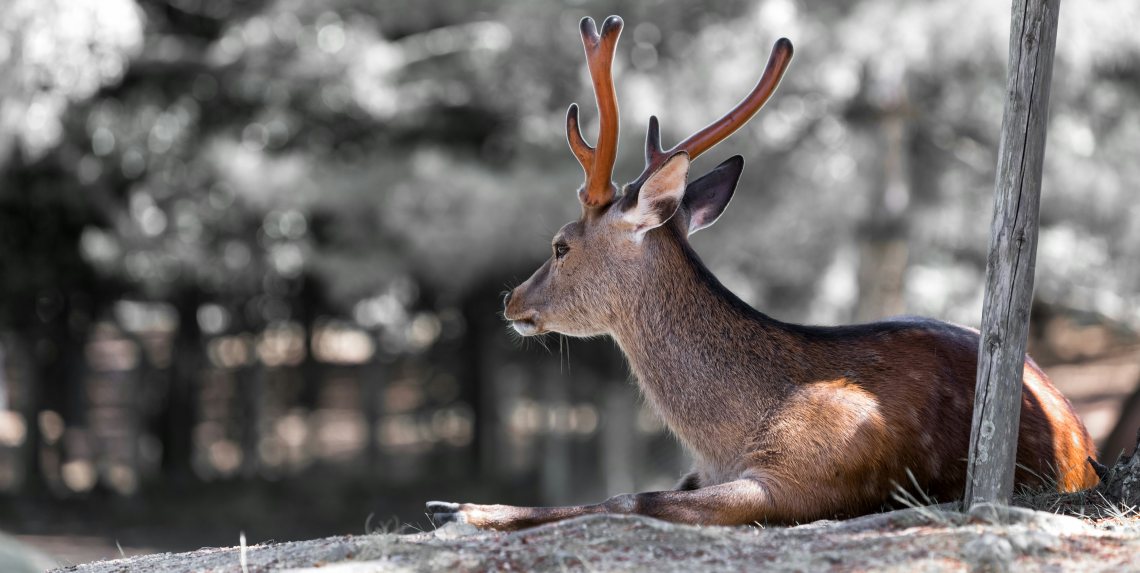
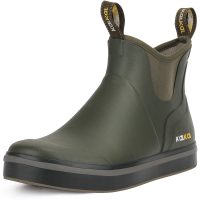
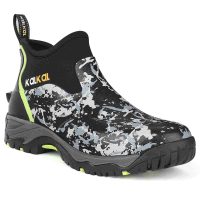

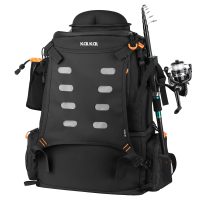
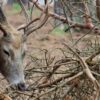

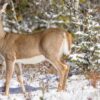
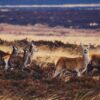


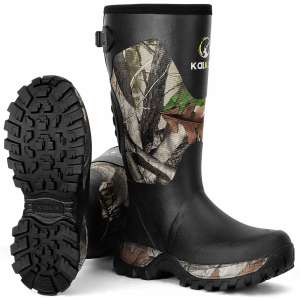
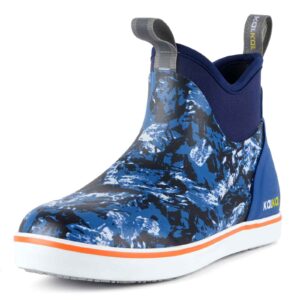
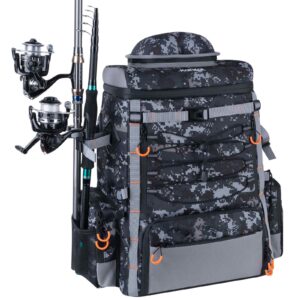
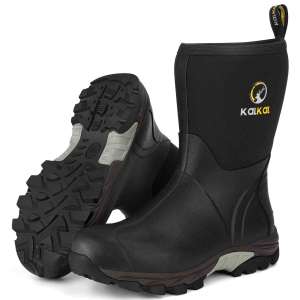


Leave a reply